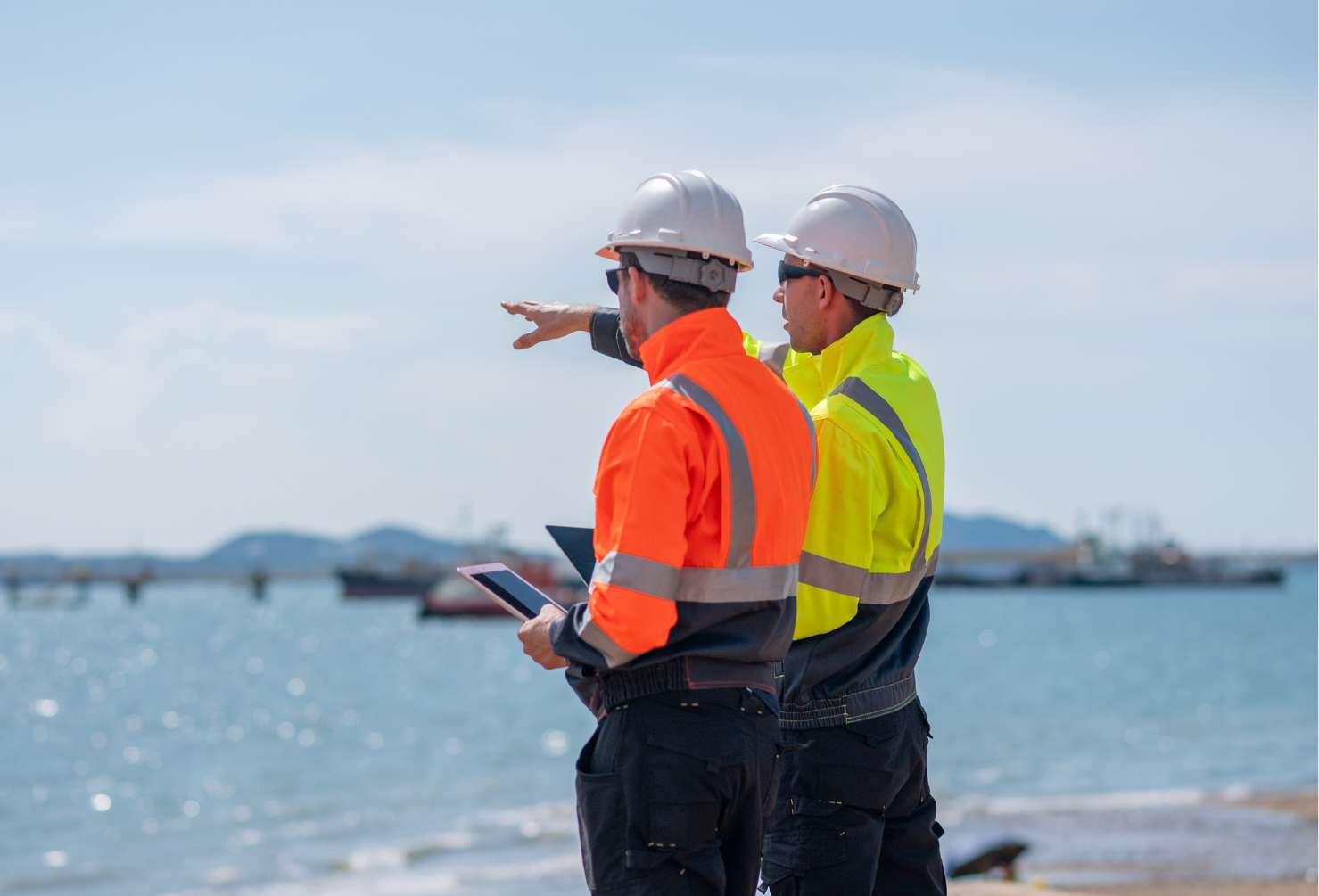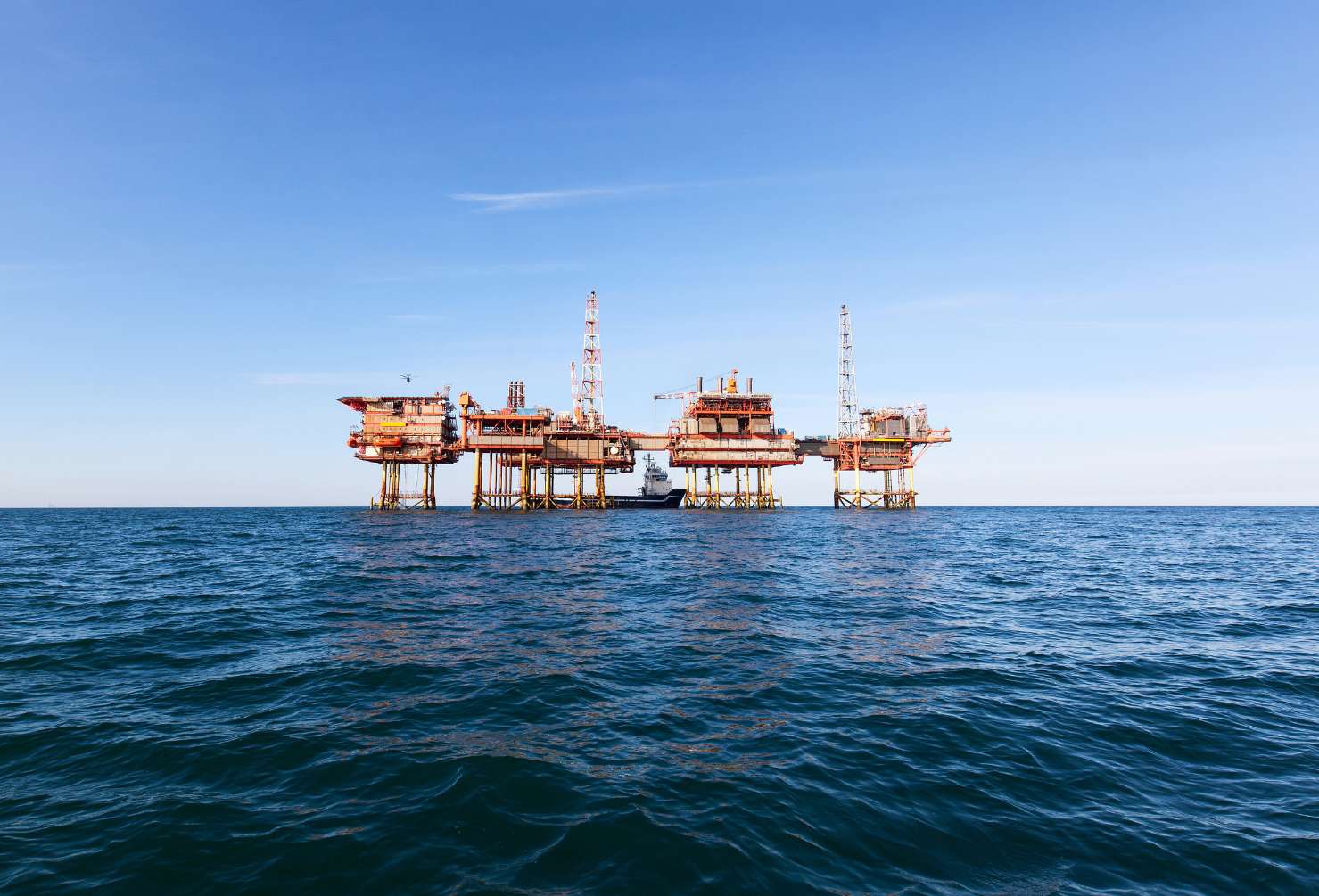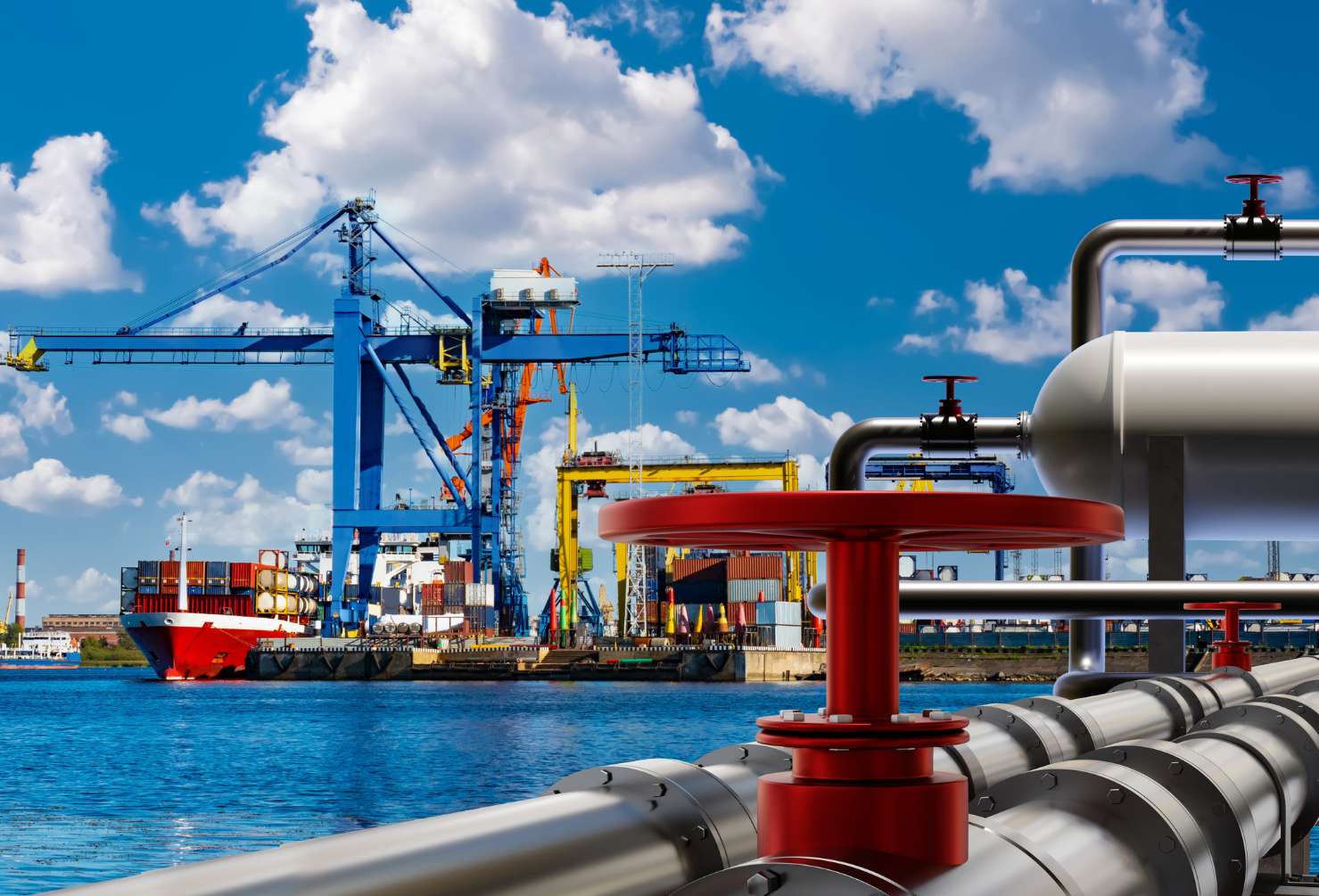
With pressure mounting on Australia’s east coast gas supply, Viva Energy has put forward a plan to establish a LNG import terminal in Victoria, a move that could redefine the energy landscape in the region.
In early 2025, Viva proposed extending the pier at its Geelong refinery to accommodate a floating storage and regasification unit (FSRU), allowing LNG to be imported and converted back to gas for domestic use.
While it may sound simple, the implications are far-reaching.
What Is Viva Energy Proposing?
Viva Energy’s plan involves modifying its existing infrastructure at the Geelong refinery to allow for:
- Docking of an FSRU
- Onsite regasification of imported LNG
- Connection to the local gas network
The idea is to create a flexible, scalable solution that can support Victoria’s gas demand during periods of supply shortfall, particularly as local production continues to decline.
This would be one of the first LNG import terminals in southern Australia, complementing projects on the east coast.
Why It Matters: The East Coast Gas Crunch
Victoria, like other eastern states, faces a growing gas shortage. Key issues include:
- Declining output from legacy fields in the Gippsland Basin
- High demand from households, manufacturers and power generators
- Lack of new local gas projects moving forward fast enough
AEMO forecasts suggest gas shortfalls could begin as early as 2027 if no new supply sources are secured.
Viva’s proposal offers a quick-to-activate alternative, providing a stopgap while other long-term solutions are debated.
Benefits of the Proposal
1. Flexibility and Speed
Unlike large-scale upstream gas projects, LNG imports via FSRUs can be operational in under two years and scaled up or down based on demand.
2. Infrastructure Leverage
Viva is reusing existing refinery infrastructure, reducing environmental and construction impact.
3. Market Competition
An import terminal would allow more LNG suppliers to compete in the Australian market, potentially lowering wholesale gas prices.
Challenges and Criticisms
1. Reliance on Imports
Critics argue that importing LNG undermines energy sovereignty and increases exposure to volatile global prices.
2. Environmental Concerns
Local groups have raised concerns about marine impacts and emissions associated with importing rather than producing gas domestically.
3. Regulatory and Political Risk
The project requires multiple state and federal approvals and its future may depend on the political appetite for gas infrastructure after the 2025 election.
Where It Fits in the National Gas Strategy
Viva’s plan aligns with broader efforts to:
- Maintain energy reliability during the transition to renewables
- Ensure industrial users have access to affordable gas
- Reduce reliance on any single basin or infrastructure corridor
It also reflects a shift in thinking: Australia may be both a major exporter and an importer, depending on geography and logistics.
Impact on Jobs and Industry
If approved, the project would:
- Create hundreds of construction and commissioning jobs in the Geelong region
- Support long-term operational roles in marine, maintenance and energy trading
- Provide certainty for manufacturers and power generators reliant on gas
It would also stimulate new demand for:
- Pipefitters and mechanical trades
- Control room operators
- Marine and port services professionals
Final Thoughts
Viva Energy’s LNG import proposal is a pragmatic, if unconventional, solution to Australia’s east coast gas challenge. While it won’t solve the supply crisis alone, it could buy the time needed to secure long-term energy resilience.
At Enxgy, we’re watching closely as projects like this redefine Australia’s energy map. Whether you’re in operations, logistics or project delivery, opportunities are emerging in places you might not expect.





